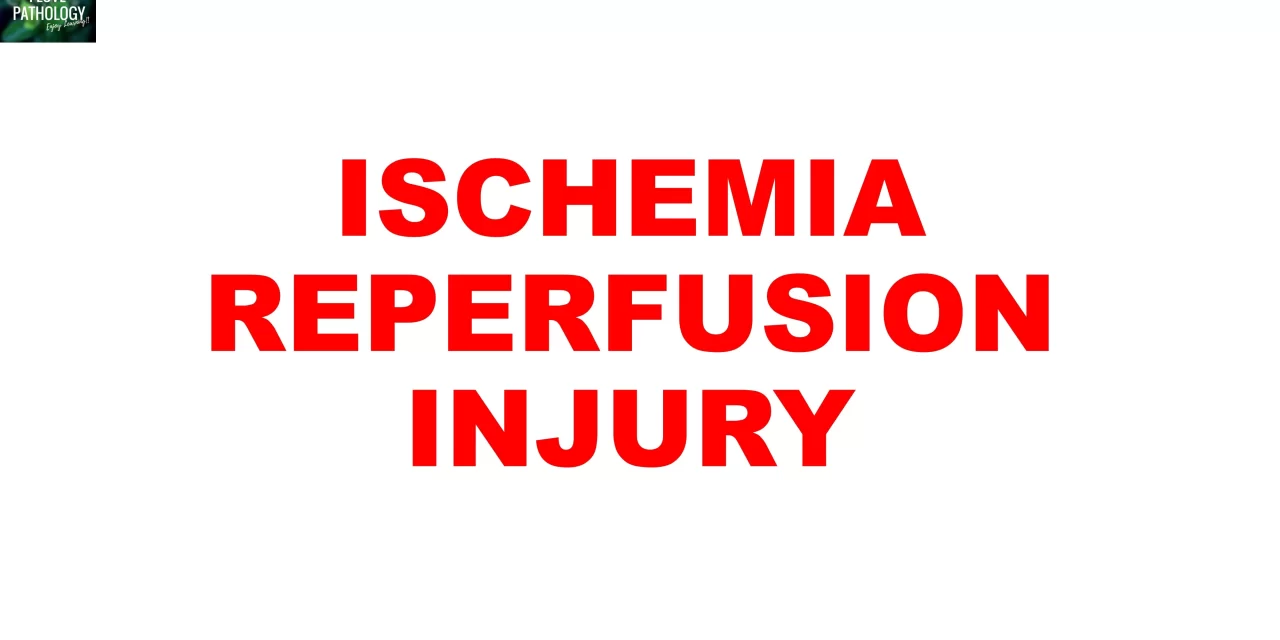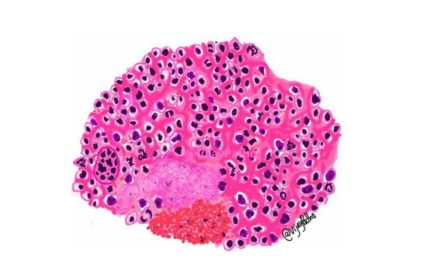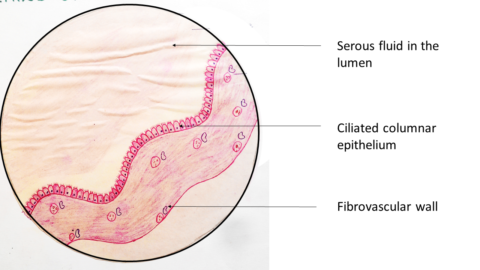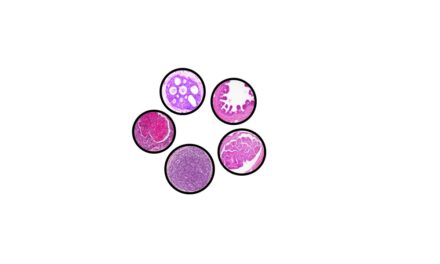What is ischemia-reperfusion injury?
Ischemia-reperfusion injury occurs when blood flow (perfusion) is restored to an organ after a period of reduced blood supply (ischemia). While reperfusion is expected to help recover cells with reversible injury, paradoxically, it can sometimes worsen cell damage and lead to cell death. This reversal of the expected outcome is called ischemia-reperfusion injury.
This concept of understanding ischemia reperfusion important because it plays a major role in tissue damage during events like myocardial infarction (heart attack) and stroke. Recognizing it is crucial in both emergency and planned medical interventions, such as surgeries or treatments involving blood flow restoration.
What are the common scenarios where ischemia-reperfusion injury occurs?
Ischemia-reperfusion injury can occur in two main situations:
Sudden ischemia:
Myocardial infarction (heart attack).
Stroke.
Acute limb ischemia (blockage of blood supply to a limb).
Gastrointestinal ischemia (e.g., blockage in the mesenteric artery).
Traumatic or crush injuries causing damage to major blood vessels.
Anticipated ischemia:
Cardiac surgeries.
Organ transplants.
Peripheral vascular surgeries.
Orthopedic surgeries (e.g., procedures involving tourniquets).
What causes ischemia-reperfusion injury?
There are four key mechanisms responsible for ischemia-reperfusion injury:
Oxidative Stress:
During reperfusion, oxygen delivery increases to tissues with damaged mitochondria. These damaged mitochondria fail to process oxygen efficiently, leading to the generation of free radicals.
At the same time, antioxidant defenses are reduced during ischemia, worsening the impact of free radicals.
Free radicals cause cell injury by damaging proteins, lipids (lipid peroxidation), and DNA.
Intracellular Calcium Overload:
Damaged ion channels, including calcium channels, allow excessive calcium to enter cells during reperfusion.
This calcium buildup triggers harmful processes, including:
Activation of enzymes like phospholipases, proteases, and ATPases, leading to membrane and nuclear damage.
Mitochondrial dysfunction, which reduces ATP production and worsens cell injury.
Inflammation:
Reperfusion activates adhesion molecules like P-selectin, leading to neutrophil migration into tissues.
Neutrophils release toxic substances like tumor necrosis factor (TNF), interleukins, and free radicals, further damaging tissues.
This also promotes vasoconstriction, reducing blood flow.
Complement System Activation:
During reperfusion, IgM antibodies deposit in ischemic tissues, activating the complement system.
Complement activation amplifies inflammation and cell injury.
What are the clinical effects of ischemia-reperfusion injury?
The clinical impact depends on the organ affected, the duration of ischemia, and the ability to restore blood flow. Examples include:
Myocardium (heart): Can lead to myocardial stunning, sudden cardiac arrest, or death.
Kidneys: May result in chronic kidney disease or hypertension.
Gastrointestinal tract: Can cause abdominal pain or gastrointestinal bleeding.’
How can ischemia-reperfusion injury be prevented?
Preventive strategies depend on whether ischemia is sudden or anticipated:
For anticipated ischemia:
Preconditioning: Exposing tissues to short periods of ischemia before a major ischemic event (e.g., during cardiac or limb surgeries).
For sudden ischemia:
Postconditioning: Introducing intermittent interruptions of blood flow during the early reperfusion phase to reduce oxidative stress and calcium overload.
Other measures include:
Antioxidants to counteract free radical damage.
Anti-inflammatory drugs to reduce inflammation.
Calcium channel blockers to prevent calcium overload.
Hypothermia to slow cellular metabolism and protect tissues.
Click here to watch the video tutorial on ischemia reperfusion injury





